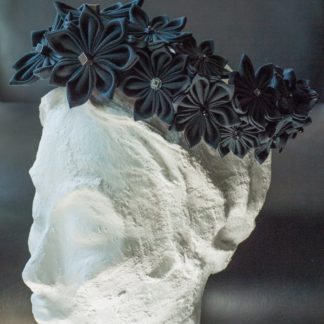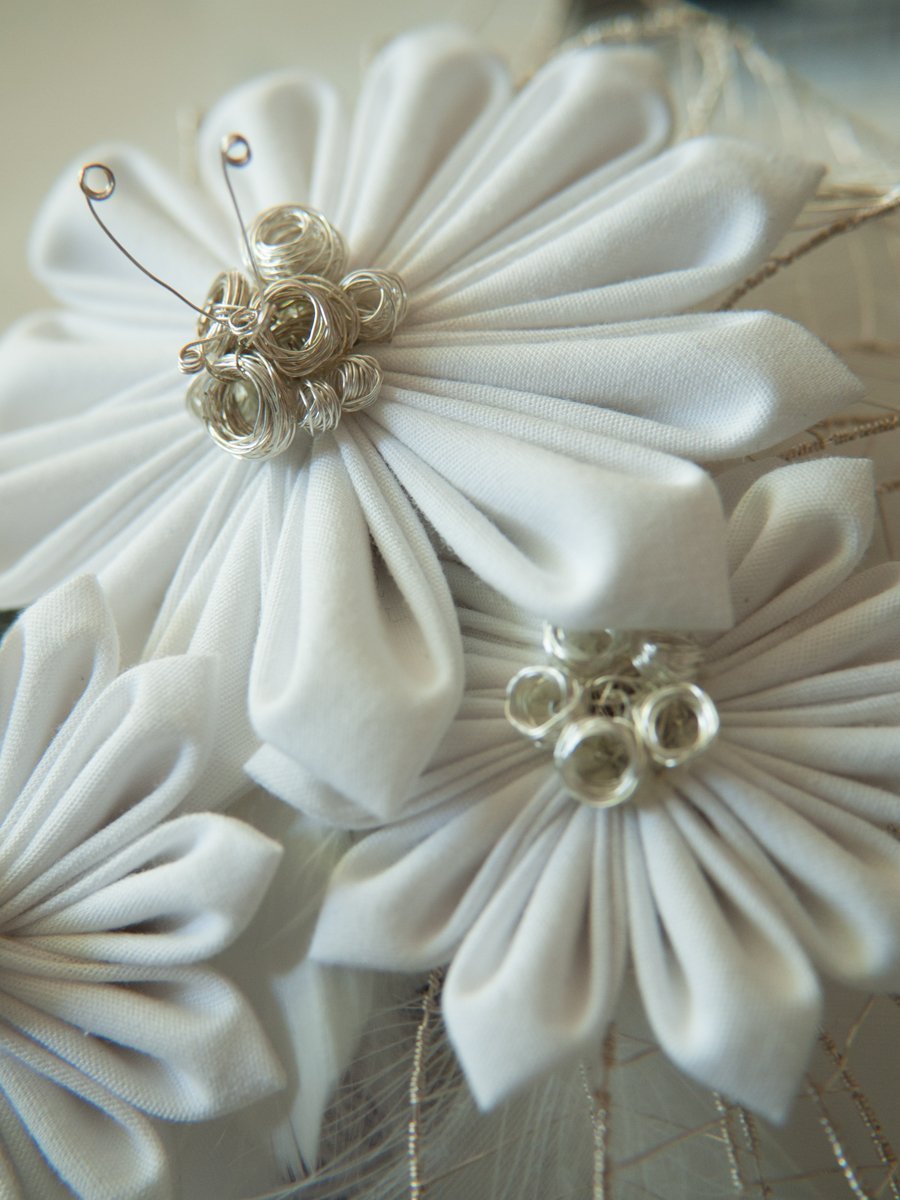
The art of folding fabric into flowers has long been a tradition in Japan. Learn more about this art, called Kanzashi, and what it means to Faunauge.
What is Kanzashi?
Roughly speaking, Kanzashirefers to the traditional headdress of Japanese geishas and maikos. Originally, it consisted of an ornate hair stick inserted into the hairstyle, which was also used for defensive purposes. In the course of time, the forms became more varied. The history of the Kanzashi as such is said to have begun 3000 years ago. In the Edo period (1603-1867), the form of the Edo tsumami kanzashi is said to have originated, as it is known today. The application of folded flowers gives the kanzashi its nickname tsumami. The traditional hairstyles bear flower decorations adapted to the season. Each month is therefore assigned a special type of flower. Plum blossoms, for example, stand for February, cherry blossoms (jap.: sakura) for April, and blue-roses for May.
The folding technique
To make a flower, you need individual petals. At best an odd number of individual parts, it simply looks more organic. Small squares or circles, depending on the flower plan and target flower type, need to be cut. Thin fabrics are best for this. However, if they are very smooth, it is quite difficult to cut them. If they are too thick, the pieces are difficult to fold. Once you get the hang of it, the sheets fold almost by themselves, even if the pile of pre-cut circles or squares never seems to get smaller. I often opt for a mix of materials for larger compositions to add interest to the jewellery piece I have in mind. Once the individual petals are folded and fixed, you line them up and sew them together. Traditionally, rice glue is used, but I prefer sewn flowers. I cover the hole in the middle of the flower with a button or a pretty metal ornament.

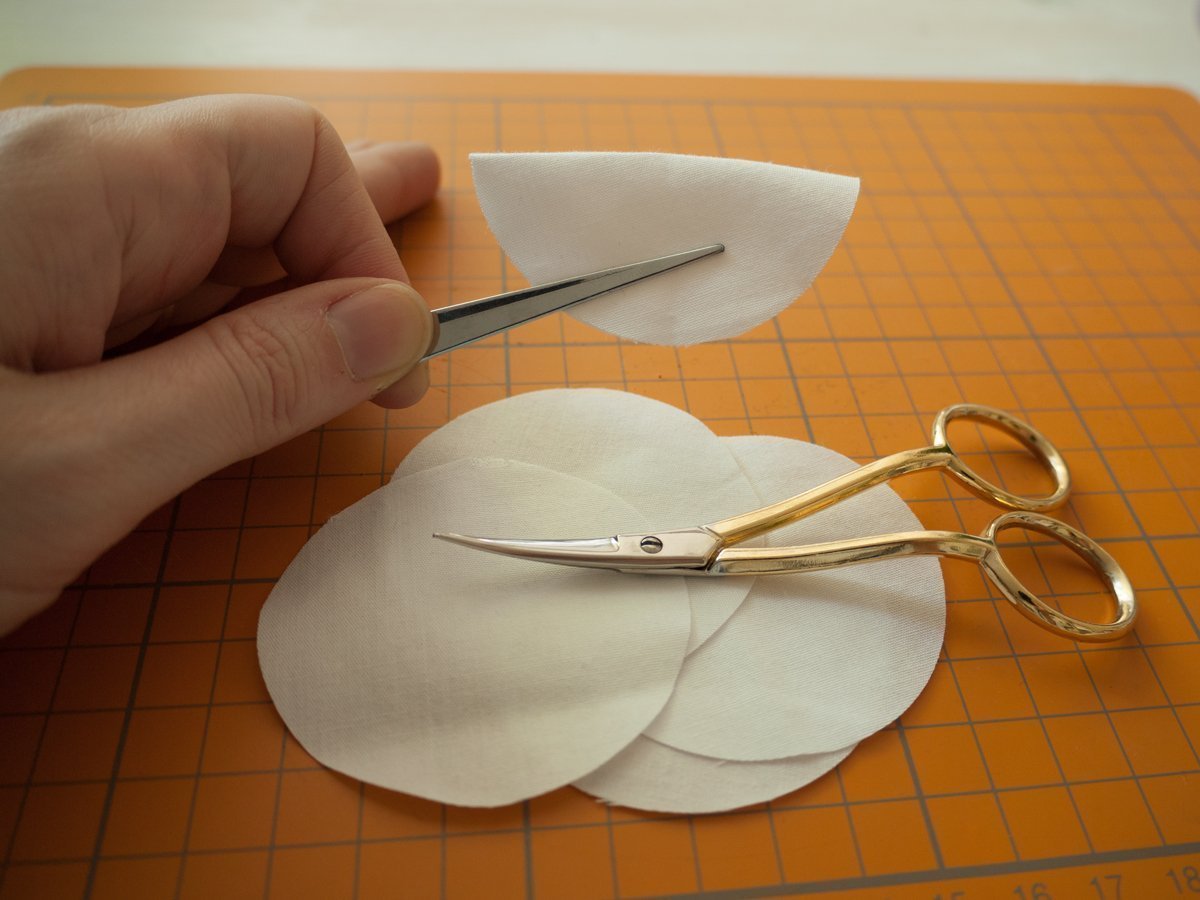

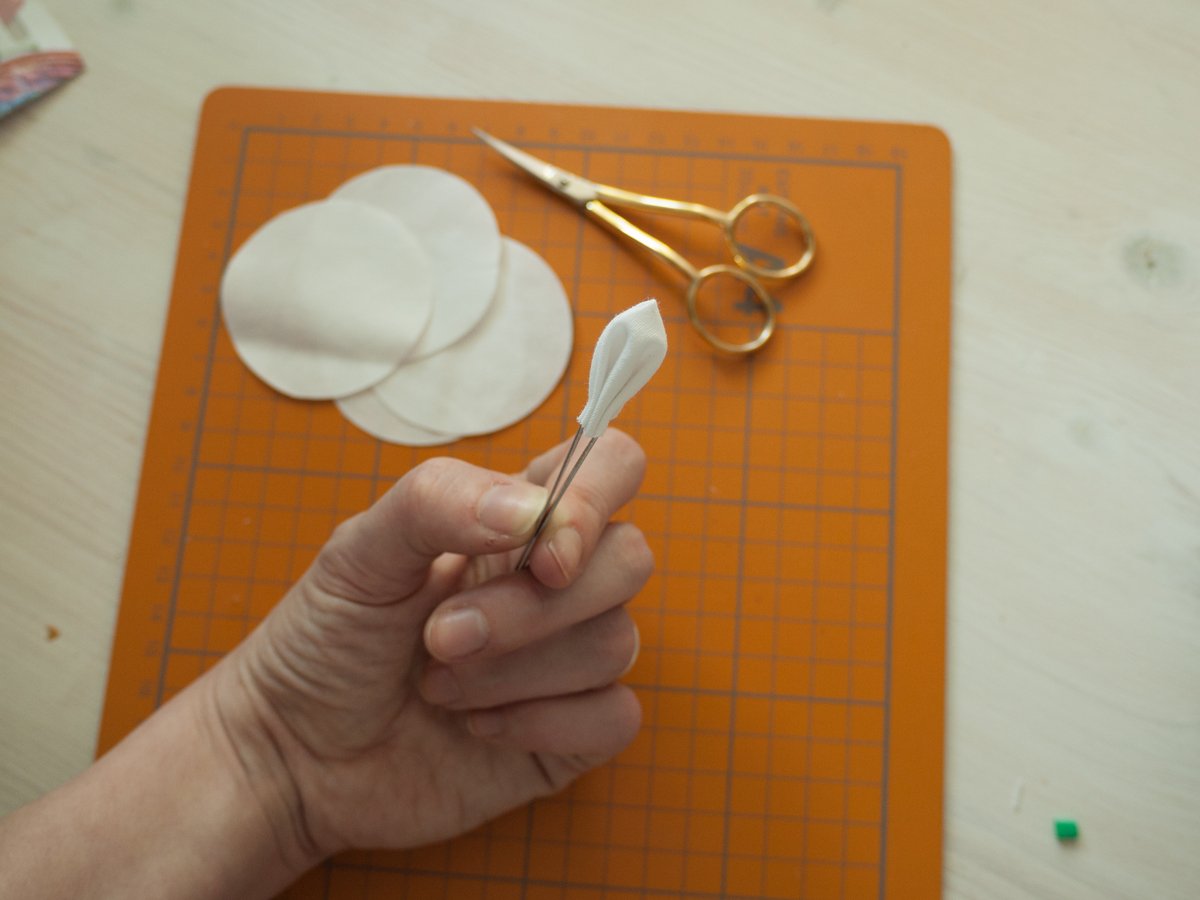
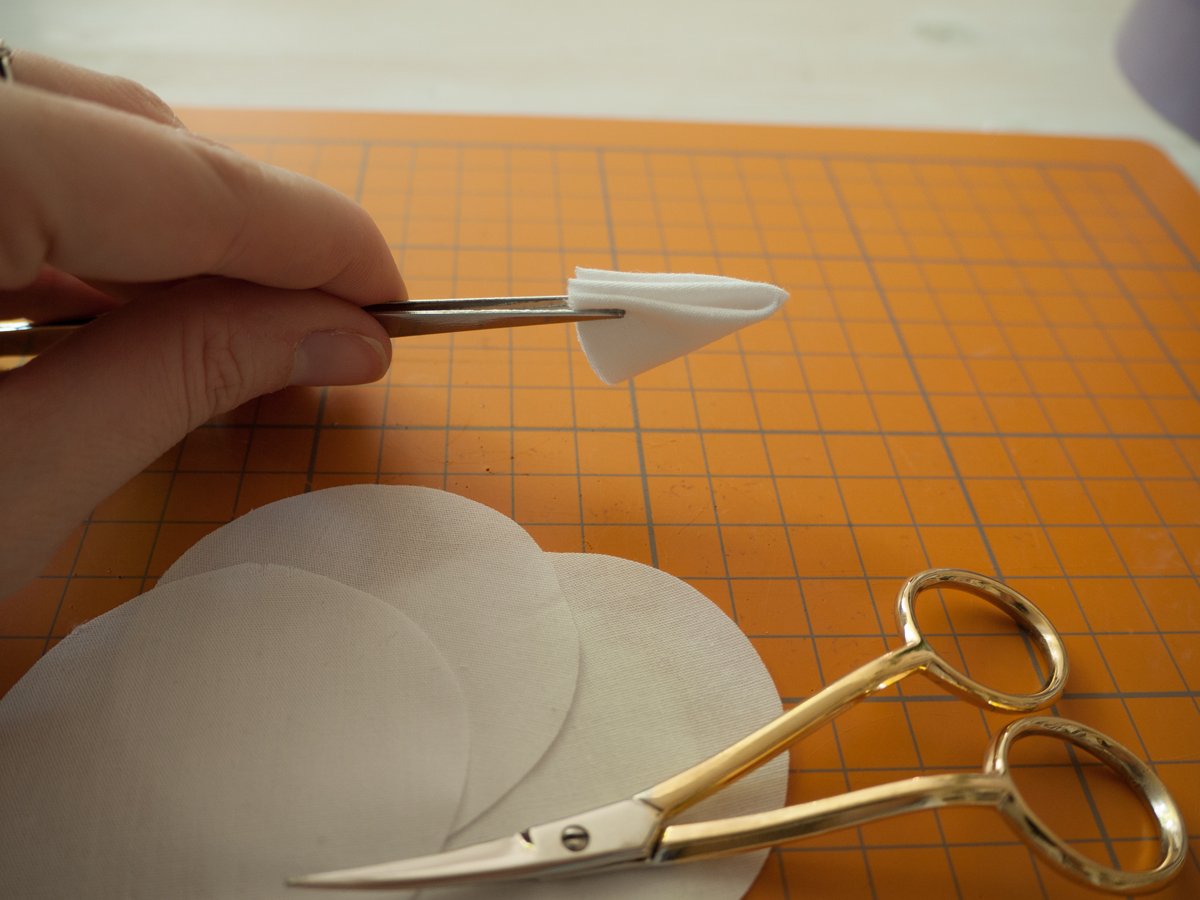
Tradition of Kanzashi
This ancient flower-folding technique of silk circles and squares is a traditional Japanese craft and is only practised professionally by a very few Japanese. Preserving this art is even enshrined in Japanese legislation. Original craftsmen therefore attach great importance to the fact that “hobby folders”, no matter how close they come to the original craftsmanship, do not boast of making tsumami kanzashi. Therefore, as a faunauge, I respect this claim, although I am of course fascinated by this beautiful technique. Therefore, I refrain from using the term tsumami kanzashi and instead sew fabric flower jewellery inspired by Japanese art.
Source: Atelier Kanawa. 27.4.2016
-
 Haircomb Black Japan #3230,00 €
Haircomb Black Japan #3230,00 €No VAT according to §19 (1) UStG.
plus dispatch costs
estimated delivery: 1-3 days
- Product on sale
 Haircomb Black Japan #2Original price was: 120,00 €.90,00 €Current price is: 90,00 €.
Haircomb Black Japan #2Original price was: 120,00 €.90,00 €Current price is: 90,00 €.No VAT according to §19 (1) UStG.
plus dispatch costs
estimated delivery: 1-3 days
- Product on sale
 Haircomb Black Japan #1Original price was: 120,00 €.90,00 €Current price is: 90,00 €.
Haircomb Black Japan #1Original price was: 120,00 €.90,00 €Current price is: 90,00 €.No VAT according to §19 (1) UStG.
plus dispatch costs
estimated delivery: 1-3 days
You can find my previous works with this technique in my shop. Well: Have fun browsing!
© Faunauge

